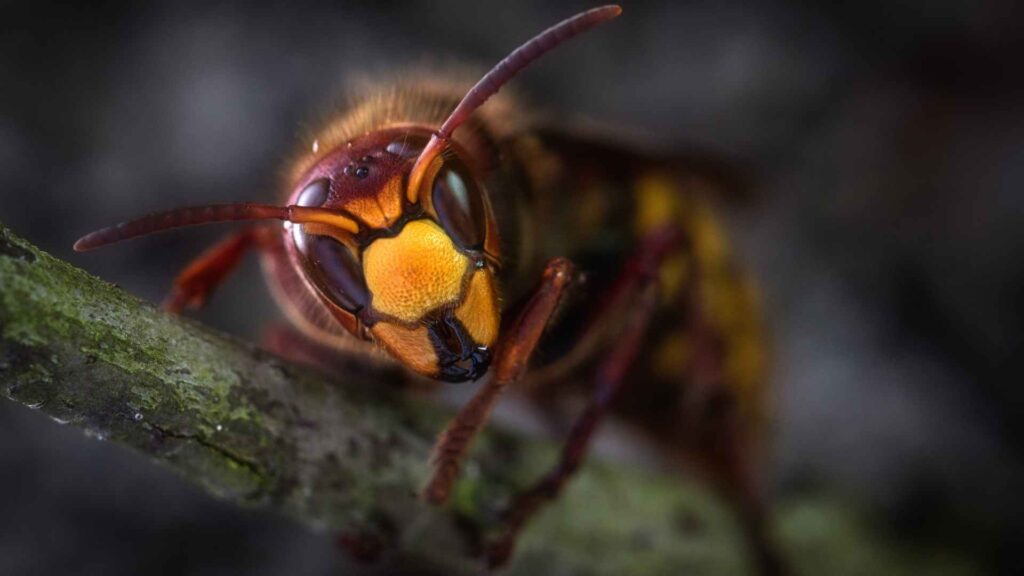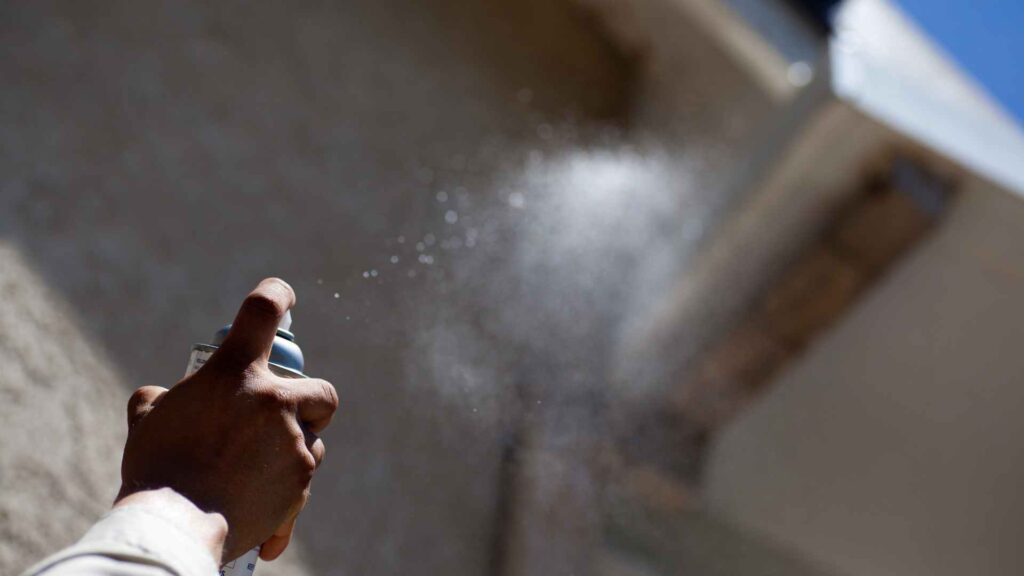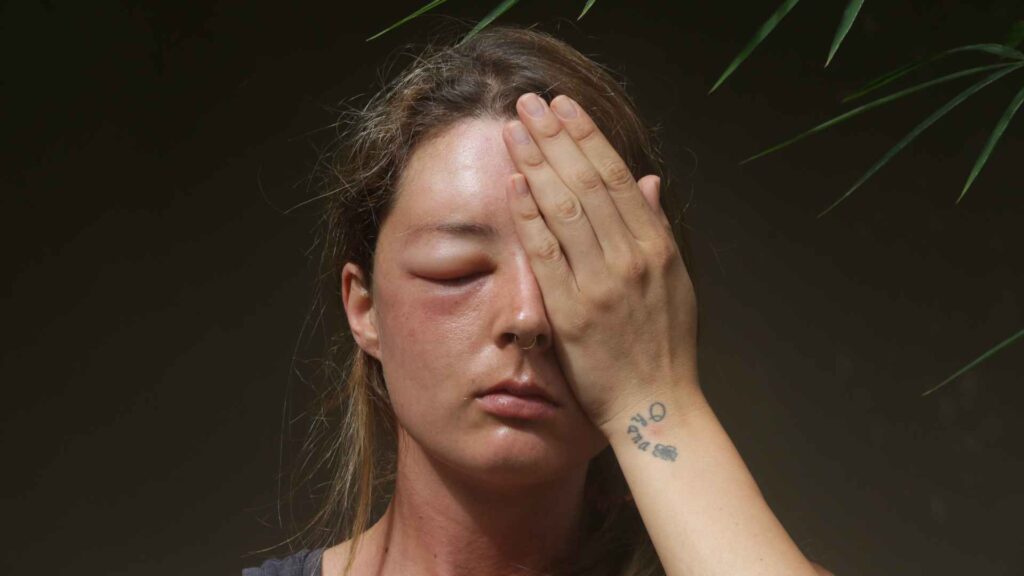Table Of Content
ToggleAs a pest control expert, I know firsthand the frustration wasps can cause. Their buzzing presence can disrupt outdoor relaxation, and their stings are no fun. This guide will equip you with the knowledge and strategies to keep these unwanted guests at bay. So, let’s dive into the best way to keep wasps away from your house.
Before we launch our counteroffensive, let’s get to know the enemy. In this section, we’ll uncover the secrets of wasp behavior and understand what makes your house so darn appealing to them.
California is home to a variety of wasp species, each with slightly different behaviors and appearances. Here are some of the most common:
Now that we’ve met a few of California’s common wasp residents, let’s delve into what makes your house so attractive to them.
Discover safe wasp control solutions for your home.
Wasps, while beneficial pollinators, can become a nuisance around your home. They’re drawn to a few key things:
Be on the lookout for these signs that wasps might be setting up shop:
By recognizing these signs, you can take action before a full-blown infestation takes hold.
Learn more about our eco-friendly wasp removal methods.

Here are a few effective strategies to keep these buzzing bullies away from your house and reclaim your home back.
Nature offers a variety of home remedies to keep wasps at bay:
Eliminate things that attract wasps in the first place:
Wasps can squeeze through tiny openings. Here’s how to seal them out:
Schedule a wasp inspection with our experts today.

Even with preventative measures, wasps may find their way onto your property. Here, we’ll explore non-toxic solutions to address existing wasp problems:
For existing wasp problems, consider these eco-friendly options:
Remember, when using any commercial trap, always follow the manufacturer’s instructions for safe and effective use.
As a pest control expert, I recommend professional help to get rid of severe infestations or if you’re uncomfortable dealing with wasps yourself.
We have the experience and equipment to safely remove wasp nests and ensure long-term control.
Get a free quote for professional wasp nest removal.

Now that you’ve successfully addressed any existing wasp issues, let’s focus on long-term prevention.
By incorporating these regular maintenance practices and strategic landscaping tips, you can significantly reduce the chances of wasps setting up shop around your home next season.
Here are some ongoing practices to keep wasps at bay:
Strategic landscaping can discourage wasps:

Keeping wasps at bay doesn’t require harsh chemicals or aggressive tactics. By utilizing natural repellents, eliminating attractants, and understanding wasp behavior, you can create a peaceful coexistence with these beneficial insects.
Remember, a little prevention goes a long way. Implement the regular maintenance practices and strategic landscaping tips outlined in this guide, and you can enjoy a wasp-free summer.
If you’re facing a severe wasp infestation or feel uncomfortable handling them yourself, don’t hesitate to seek professional help.
To keep wasps away from your house, consider planting herbs like mint, thyme, and citronella, which repel them with their strong scents. Additionally, sealing any cracks or crevices in your home’s exterior, avoiding leaving food or sweet drinks outside, and using decoy nests can deter wasps from nesting near your house.
Wasps are repelled by strong scents such as peppermint, citronella, eucalyptus, and clove oil. Mixing these essential oils with water and spraying the solution around your home’s entry points can help deter wasps from entering.
You can spray a mixture of water and essential oils like peppermint, citronella, or eucalyptus around your house to repel wasps. Alternatively, commercial insecticides labeled for wasp control can be used around outdoor areas where wasps are active.
To quickly get rid of wasps in your house, use a commercial wasp spray designed for indoor use. Spray directly on the wasps or their nests if you can locate them. Seal any entry points they may be using to prevent further infestations, and consider contacting a pest control professional for help if the problem persists.
References:
https://www.familyhandyman.com/list/best-caulk-for-kitchens-baths-gutters-and-more/#:~:text=Alex White Acrylic Latex Painter’s Caulk,-Shop Now&text=For just a couple of,a 25-year durability rating.
https://wasps.ucr.edu/wasp-identification#:~:text=There are several species of,consobrina).
Your trusted pest control experts in Southern California. Keeping your neighborhood pest-free!